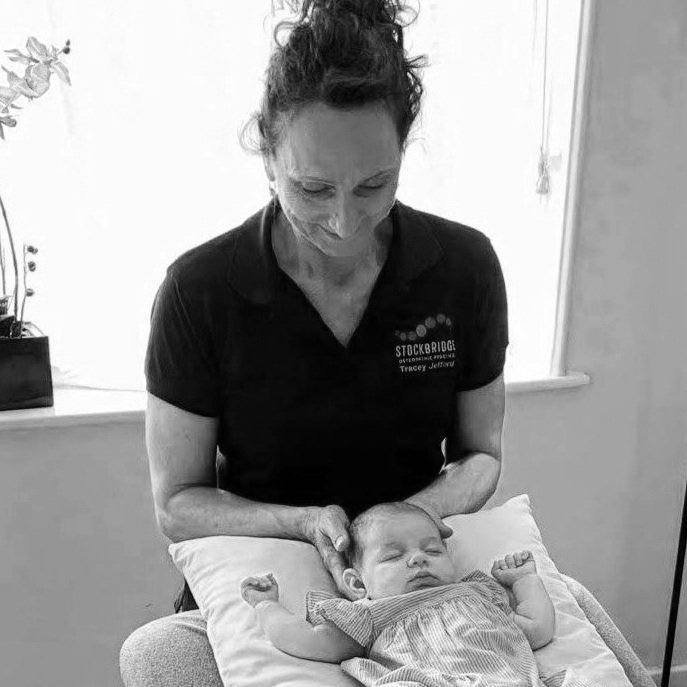Pain and the Brain - by Tracey Jesney
Did you know that not all pain is treated the same by our brains and bodies?
There are two main types of pain - acute and chronic which travel to the brain via different types of messages. We obviously want our brains to receive the acute pain messages as quickly as possible as it may mean that we’ve really hurt ourselves and need to take adaptive action.
But the story around chronic pain is a little more nuanced. We can become somewhat stuck in chronic pain and it can really limit our long term enjoyment of life. The great news is that we can take mitigating action to improve how we cope with this type of pain.
We can think of our brains as an old fashioned phone switchboard operator and sensory and pain messages as the phone calls waiting to be put through. There are different types of messages:
C-Fibres – chronic / persistent pain (slow pain)
A-Fibres – acute pain – these obviously take precedence over C Fibre messages and are put through faster (fast pain).
So, we can see that it is possible to override those C-Fibre messages with what the brain considers to be a more important message. The really great news in terms of pain management is that also included within the list of overriding messages are:
Serotonin, Noradrenaline & Endorphins
When we produce a healthy flow of these, we can dampen the chronic pain messages being sent to the switchboard and regain control of it. In hypnotherapy we talk a lot about identifying and prioritising the 3P’s for good mental and physical health:
Positive Interactions, Positive Thinking and Positive Actions
This is especially important when suffering with chronic pain in order to disrupt those pain messages and therefore our perception of it. Chronic pain often feels like a vicious circle but once you’ve started to chip away at those messages, it becomes easier and easier to do so. So, how to get started? Firstly, bear in mind that any size step is a good one as long as it’s realistic. If that means baby steps, then great! It’s a 1000 times better than nothing.
1. Exercise – I know, easier said than done. Even if you start with 5 minutes of movement a day and increase by a minute each time, then go with that. And when we exercise we also produce endorphins, which we know reduce pain.
2. Spend time outside – eg reading, moving, having a coffee, gardening.
3. Look after your nutrition.
4. Relaxation / mindfulness / meditation – allow your mind to relax and renew. There are lots of resources and apps available (if you’d like to try my relaxation audio for free, please get in touch).
5. Goal achievement – tick a few things of that to-do list.
6. Laugh – with your friends, watching a film, playing with a pet or your family, whatever makes you smile.
And finally, if you’d like to find out more Dr Deepak Ravindran has written a fantastic book called The Pain-Free Mindset which I thoroughly recommend.



































